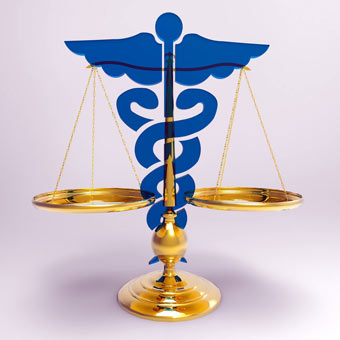How to Prevent and Treat Swine Flu
 Back in 2009, most parts of the world suffered from the H1N1 influenza or the swine flu virus. It certainly caused a scare and thankfully, it was declared over in August 2010. Learn about what causes swine flu, the different signs and symptoms and how it can be treated.
Back in 2009, most parts of the world suffered from the H1N1 influenza or the swine flu virus. It certainly caused a scare and thankfully, it was declared over in August 2010. Learn about what causes swine flu, the different signs and symptoms and how it can be treated.
Swine flu, also referred to as pig flu or pig influenza is an illness that is caused by the different types of swine influenza virus. The virus is prevalent in pigs, and it has several types with H1N1 as one of them. This is a very common infection worldwide, and is more common in people who are regularly exposed to pigs. Swine flu does not usually infect humans and the recent outbreaks are caused by a new flu virus. This virus has changed in certain ways that it can be spread among humans, even if these people do not have any contact with pigs.
The signs and symptoms of swine flu are similar to those that are manifested when suffering from other influenza infections. Fever is very common, usually 100 degrees F or even higher. This is accompanied by cough and nasal secretions. Headache and fatigue are also common signs and symptoms of this disease. For some, they experience nausea, vomiting and diarrhea along with the other manifestations that were mentioned. You may also have a flushed skin, sore throat, watery eyes and severe pains at the joints and muscles.
Just like other influenza infections, prevention is recommended for swine flu. These vaccines are made from killed H1N1 virus which will trigger your immune system to produce the necessary antibodies to fight off any infections that you might encounter. These are available for those who are six months old to the elderly. The vaccines are available in two forms – nasal spray and injection. The health care provider will decide on which vaccine is appropriate for you. However, these should be used with care for pregnant women and those whose health are immunocompromised.
The treatment of swine flu should begin immediately as soon as a diagnosis is made by a physician and within two days from the start of signs and symptoms. Antiviral medications will be given for confirmed cases and this should be taken for five days or more depending on your condition. Some common medications are zanamivir, oseltamivir, amantadine and rimantadine. You will also be treated for the signs and symptoms that you have. You will need to take medicines for fever like paracetamol. You will also be given analgesics for the muscle and joint pain.
While taking medications, you also need to do self-care treatments so that you can recover swiftly. Avoid dehydration by drinking plenty of water and fluids. Have enough rest to help your body recover from the illness. Eat a balanced diet, rich with vitamins and nutrients that will help boost your immune system. If possible, you should stay at home so that the possibility of transferring the disease to other people is minimized. Remember that swine flu is very contagious and it can be transmitted easily so you have to protect the people around you.
Swine flu is highly preventable by having a strong immune system and of course, by getting vaccines. To avoid this disease, it would be better for you to be vaccinated.
